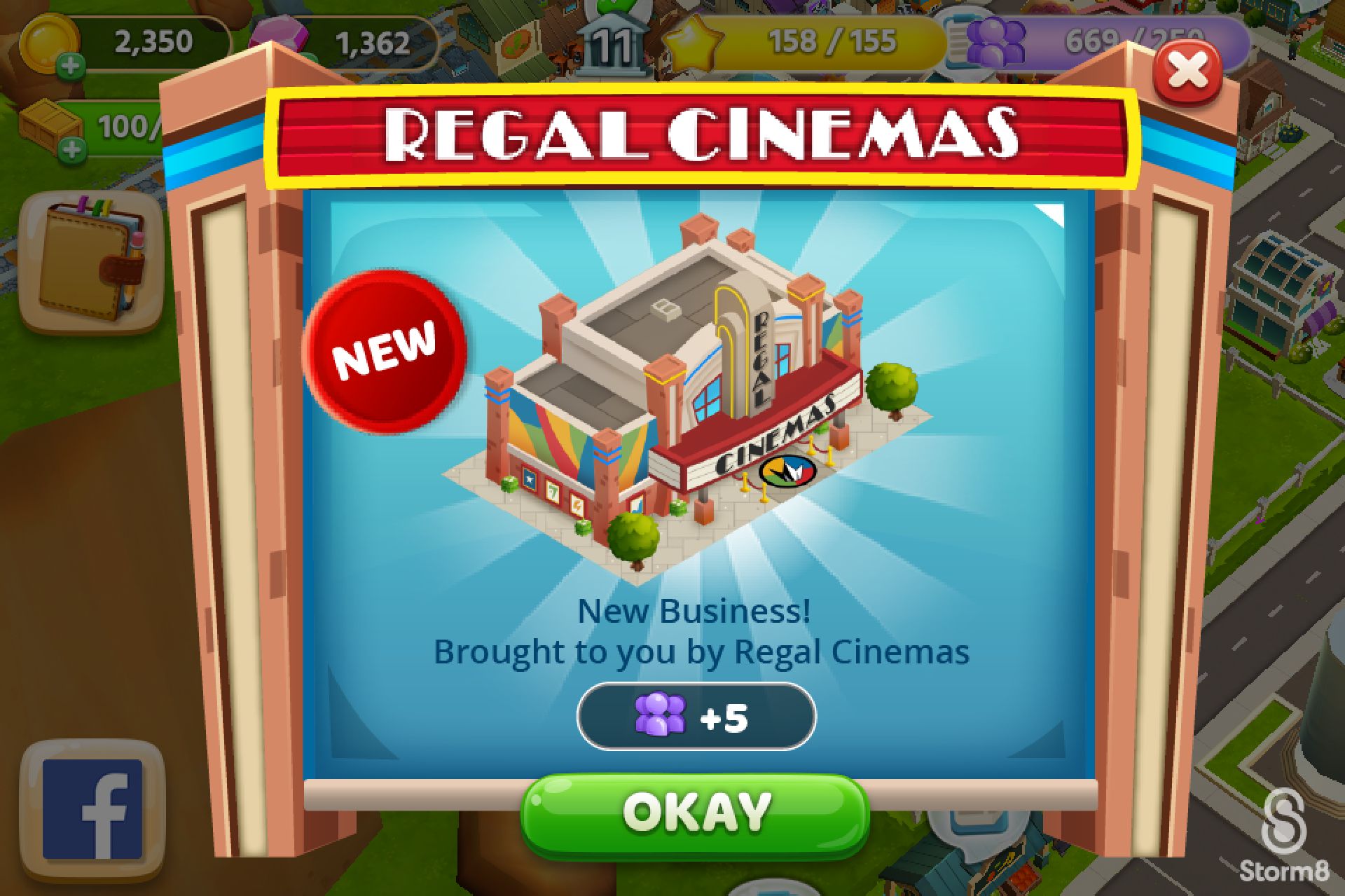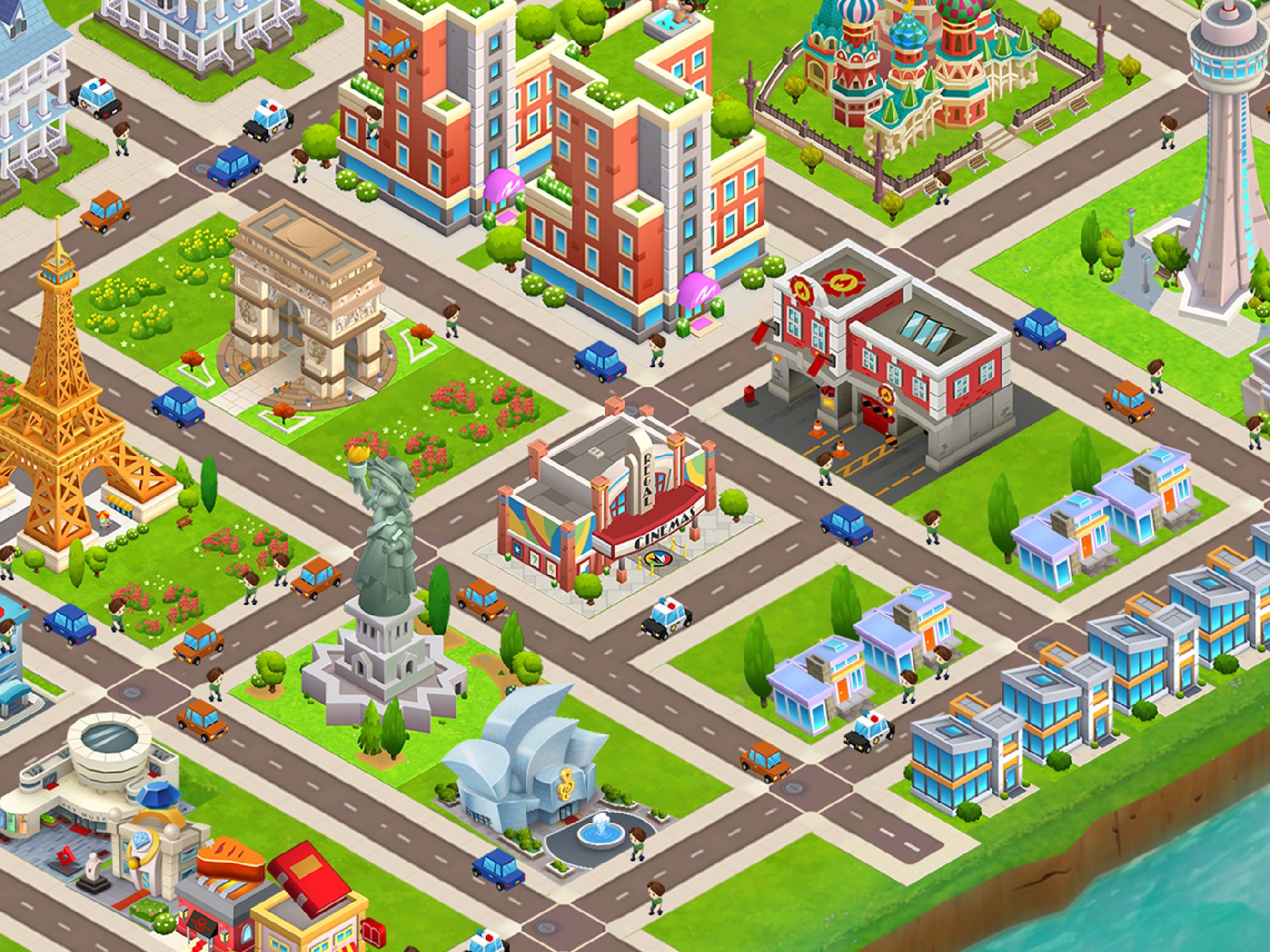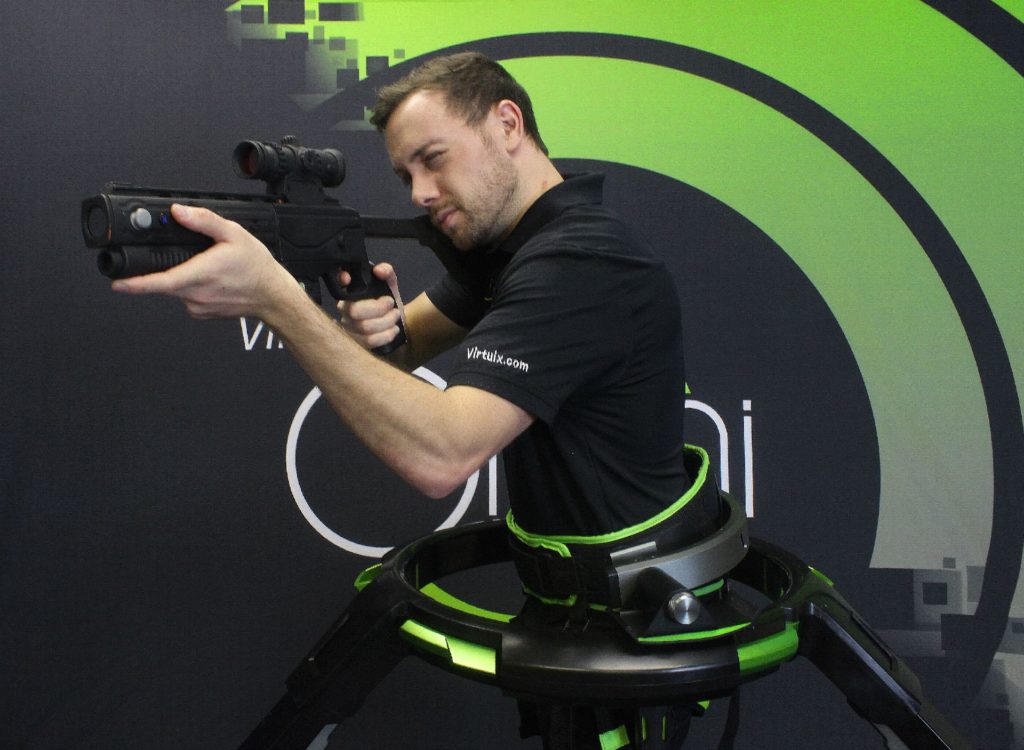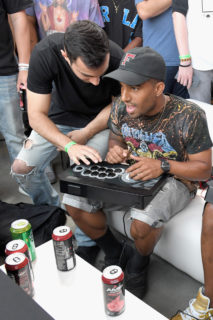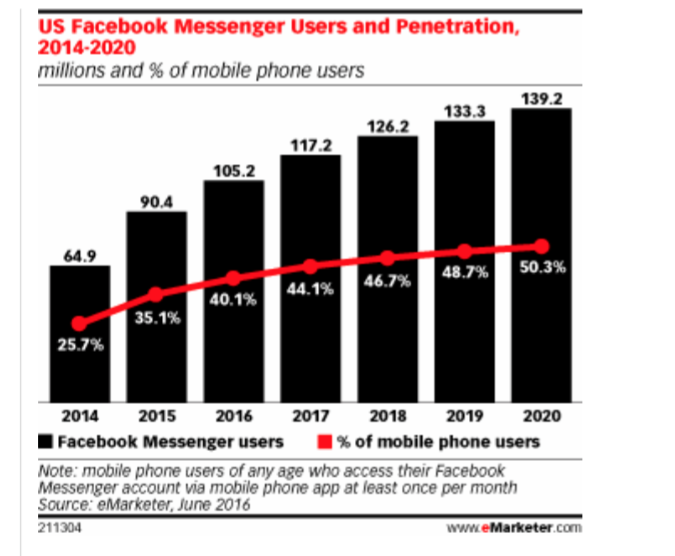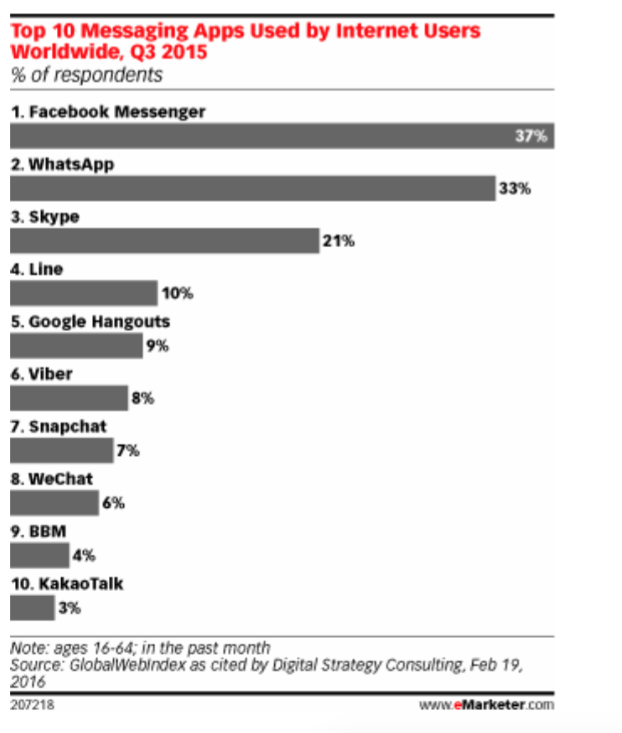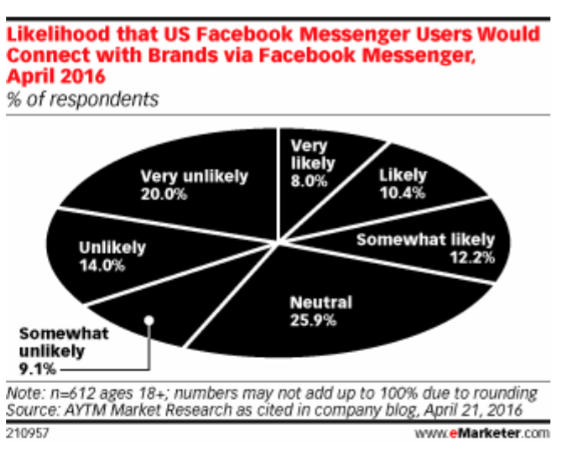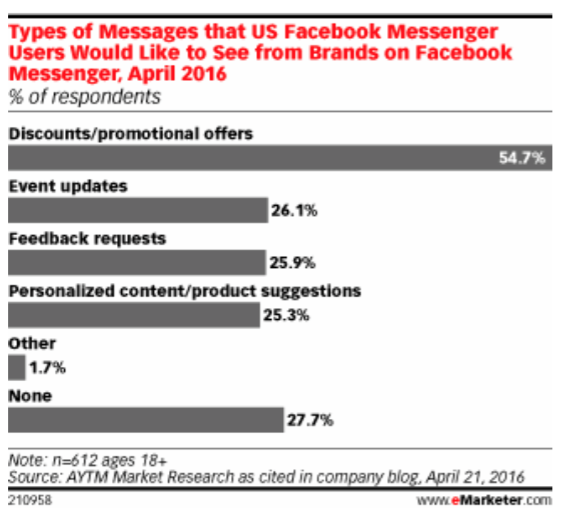To the surprise of no one, the mix of music and alcohol is a premium tonic for fun and games—even more so once the strobe lights hit the eyes. Very well realizing this, vodka brand Absolut is giving next-level amusement a serious shot in the arm by partnering with deadmau5 to release a virtual reality video game.
Titled Absolut deadmau5, the game lets players virtually guide the famous Canadian electronic musician and producer toward a nighttime gig from his actual studio. Throughout the entire experience, users can interact with deadmau5’s Instagram-famous cat Meowingtons and maneuver past obstacles ranging from skeptical bouncers to selfie-seeking fans before culminating in a live performance of his new song “Saved” in front of a live audience shot in Toronto.

“It’s no secret I’m a huge gamer. Video games have always played a major role in my life,” said deadmau5, who was born Joel Zimmerman. “I couldn’t pass up the opportunity to create my own VR gaming experience, especially when it meant I could bring a broad set of fans on an interactive journey alongside me and share my music with them in a whole new way.”
The venture is just the latest in a long line of experimental and creative experiences produced by Absolut Labs for their “Absolut Nights” campaign. Along with the game, fans can also pre-order the Absolut deadmau5 VR cardboard headset, which was designed in collaboration with the artist. An Absolut deadmau5 app, which will be available for download in all major app stores, complements the promotion.
This is not the brand’s first time blending music with VR. As part of their ongoing mission to redefine and reimagine nightlife, they put on a VR concert billed as Absolut Reality last July with another Canadian electro act in Bob Moses.
Afdhel Aziz, the director for Absolut Labs and co-author of the book, “Good is the New Cool: How to Market Like You Give A Damn,” joined [a]listdaily to discuss this unique collaboration.

Why was the concoction of video games, virtual reality and deadmau5 perfect for this campaign to capture your target audience?
Absolut Labs was created so we could experiment with new forms of content and technology: VR, AR, IoT, wearable tech. I think these are all channels that brands are going to have to learn to be fluent in faster than everyone thinks. In addition to our existing campaigns on TV and digital, VR allowed us to go on a deeper, more immersive journey around ‘having an unforgettable night out.’
How does this deadmau5 experience fit into the existing “Absolut Nights” campaign?
The Absolut Nights campaign is on a mission to instigate a more open world within nightlife—a world rooted in connecting people across borders, barriers and labels, fostering nights where fear of the unknown is replaced by a desire to be spontaneous and discover the unexpected. The launch of Absolut deadmau5 continues the philosophy behind the Absolut Nights program.

Along with the game, fans are also able to purchase a limited-edition deadmau5 Google Cardboard. Why is it important to turn marketing from a cost center into a profit center?
We really wanted to raise the bar at Absolut Labs to make something that wasn’t just so good you’d play it several times, but so good you would also get all your friends to play it, too. And based on that ambition, we decided to test the waters on monetization by seeing if his fans would want to have the ‘full experience’ by also purchasing a limited-edition headset. We thought about monetizing the content but there isn’t a market for revenue-generating VR content yet. And we wanted to be as inclusive as possible so that anyone could access the experience for free.
Why is it critical for Absolut to go outside of the normal commercial cycle of regular advertising and media promotions? What are you trying to accomplish with your new approach?
Capturing a consumer’s attention is becoming increasingly challenging as marketers today, so at Absolut Labs, we’re constantly exploring new ways to explore and innovate with engaging consumers as it relates to all things in the world of nightlife.

The #AbsolutNights campaign is currently going strong. What is your social strategy once the executions are live? Are you looking at testing out new platforms?
For example, Hoppr by Absolut, which soft-launched in December 2015, is a mobile platform designed to bring nightlife lovers together online to forge unexpected connections offline. As a brand with a rich heritage in the world of nightlife, the Hoppr by Absolut platform is designed to allow consumers to experience nightlife like never before—using digital mechanics they’re already familiar with—by granting access to some of the most exclusive, sought-after parties in New York, all with a simple ‘swipe right.’
Absolut also made its way to Coachella for a third consecutive year in April through an interactive bar. How does using music and immersive experiences best position Absolut’s marketing efforts moving forward?
Breakthrough music collaborations are in Absolut’s DNA. We’ve always pushed the boundaries of creative collaborations, from Andy Warhol to Lady Gaga, to foster unique connections between artists and fans. With Absolut deadmau5, we’re continuing our ongoing exploration of nightlife, using VR as a canvas to create an epic, cinematic journey that celebrates spontaneous, adventurous nights out—that you can experience anytime, anywhere, anyplace.
Follow Manouk Akopyan on Twitter @Manouk_Akopyan
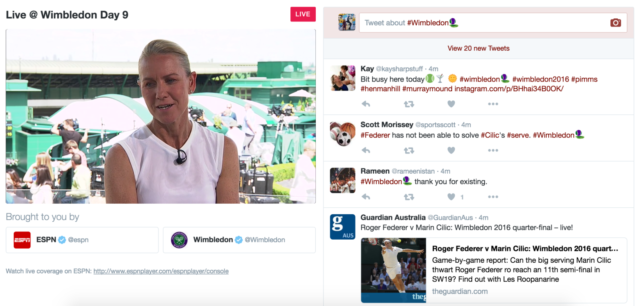
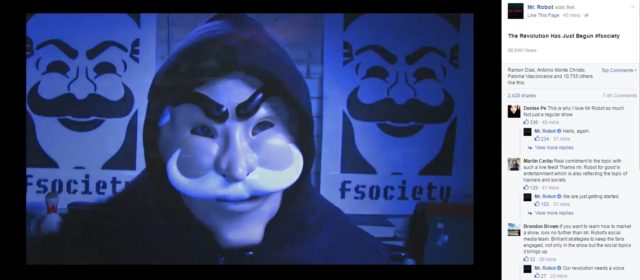
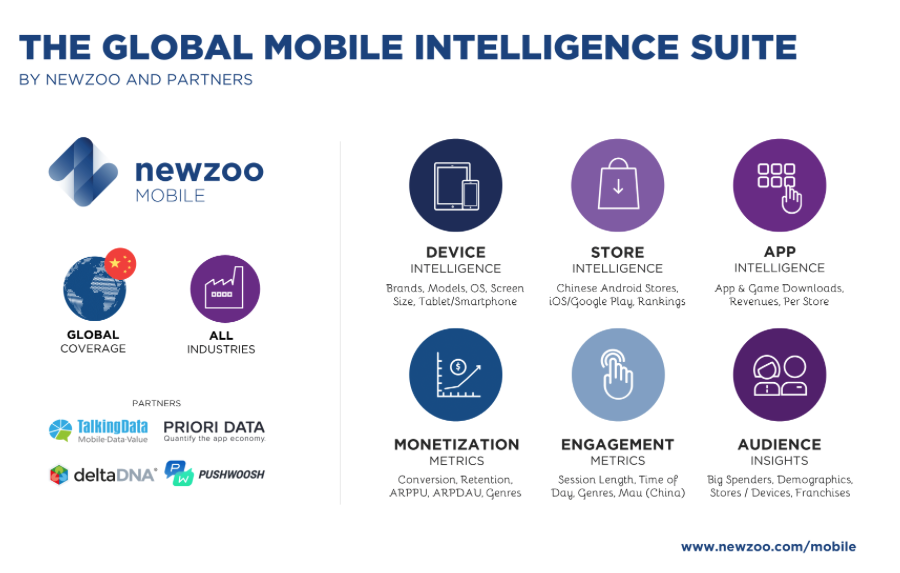
![Storm8_TerenceFung_WebVersion[1]](https://www.alistdaily.com/wp-content/uploads/2016/07/Storm8_TerenceFung_WebVersion1-255x320.jpg)
